Creating Workspaces That Evolve with Purpose

In today’s evolving workplace, office environments are being redefined, not just as places to work, but as dynamic ecosystems that foster creativity, collaboration and well-being.
Adaptation by design is a forward-thinking approach that transforms traditional buildings into flexible, multifunctional spaces that respond to changing market demands, support diverse work styles and inspire innovation. This shift reflects a broader understanding that the physical workspace plays a critical role in shaping employee experience, productivity and organizational culture.
Designing for Change
Traditional office layouts are giving way to spaces that are fluid and responsive. Open floor plans, modular furniture and movable partitions allow organizations to reconfigure environments quickly and cost-effectively. This adaptability supports a range of activities, from focused individual work to team collaboration and large-scale events.
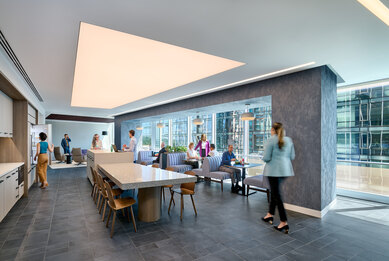
Multifunctional Spaces for Diverse Workstyles
Shared spaces are no longer one dimensional and are intentionally designed to do more with less. A lounge might host a morning yoga class, transform into a brainstorming hub by noon and become a venue for a client event in the evening. Modern office design also recognizes that no two employees work the same way. Some thrive in quiet, focused environments, while others draw energy from being amongst colleagues.
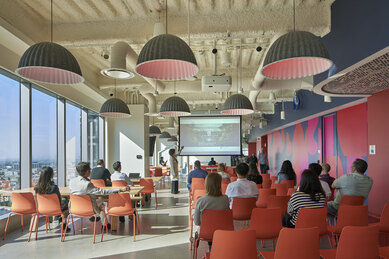
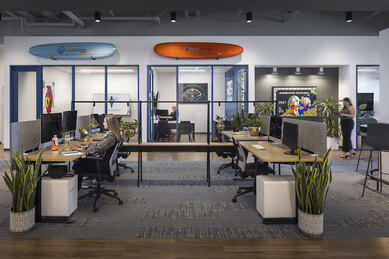
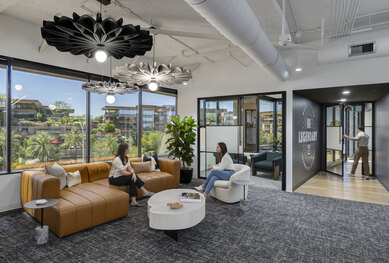
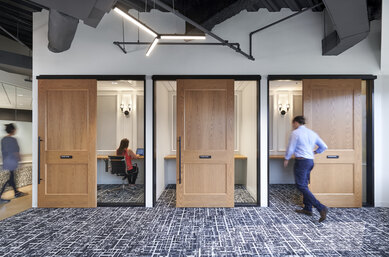
By offering a mix of environments, organizations empower employees to choose how and where they work best, boosting both employee satisfaction and performance. To meet these needs, offices should include a variety of work zones:
- Collaboration Zones: Lounge seating, writable walls and integrated technology encourage spontaneous interaction and idea-sharing.
- Focus Areas: Soundproof booths, quiet rooms and individual pods support deep concentration.
- Social Spaces: Communal kitchens, café-style corners and breakout lounges promote informal connection and team bonding.
- Wellness and Creativity: Spaces that support fitness, meditation and creative workshops contribute to holistic well-being.
- Community Building: Informal gathering areas help foster a sense of belonging and shared purpose.
- Professional Events: With adaptable layouts and built-in technology, offices can easily accommodate presentations, meetings, networking sessions and more.
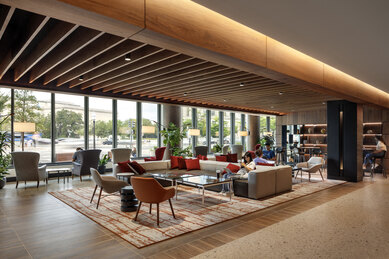
Blending Indoors and Outdoors
Nature has become a central element of workplace design. Biophilic features such as natural light, living walls and organic materials enhance mood, reduce stress and improve cognitive function.
Outdoor areas are no longer peripheral. Rooftop terraces, shaded patios and landscaped courtyards are now integral parts of the office experience offering fresh air, natural beauty and alternative settings for work, meetings or relaxation. Garden workstations, café seating and recreation zones help balance productivity with comfort and well-being.

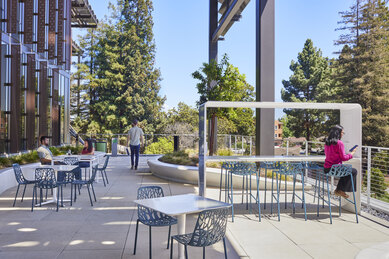

Strategic Advantage
Office design is no longer just about space planning—it is about the holistic office experience, from “street to seat,” that influences how people feel, how they work and how they connect. As organizations navigate hybrid work, the ability for the physical environments to adapt will be essential to long-term success. By aligning space with purpose, companies can create environments that are not only efficient but inspiring.